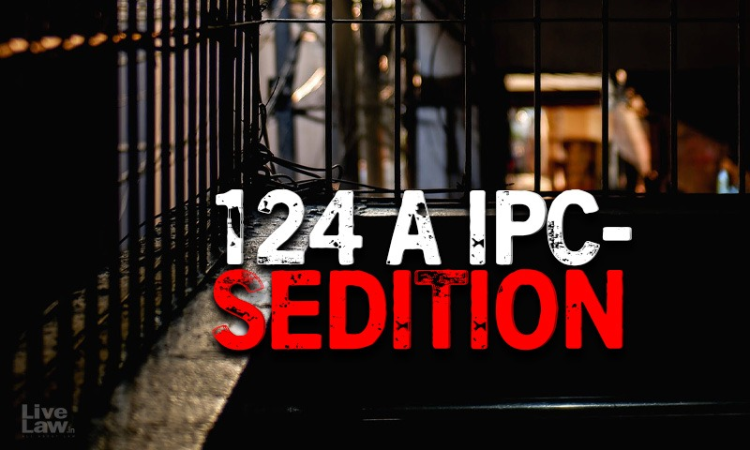Law Commission's Recommendations Make Sedition Law More Prone To Abuse : Senior Lawyers
Awstika Das
12 Jun 2023 10:01 AM IST

Next Story
12 Jun 2023 10:01 AM IST
The law of sedition has always been controversial - with governments of all shades and hues generously employing the colonial-era law to clamp down on dissent. The application of this law has become absurdly frightening over the years with journalists, activists, cartoonists, students and even lay persons facing the brunt for being critical of the government. This is hardly a secret....
